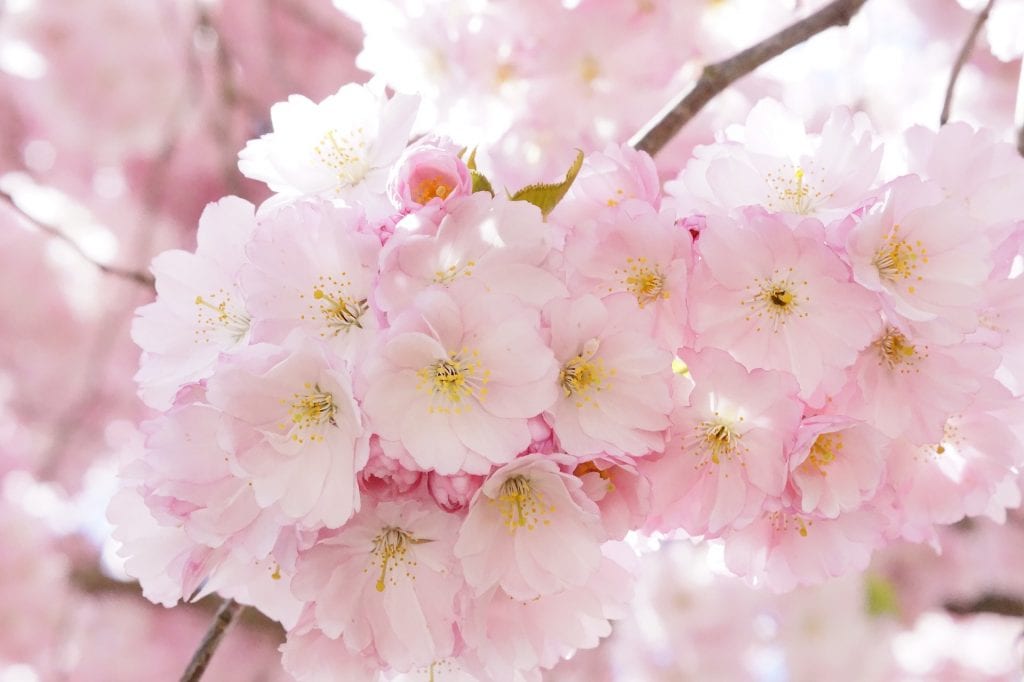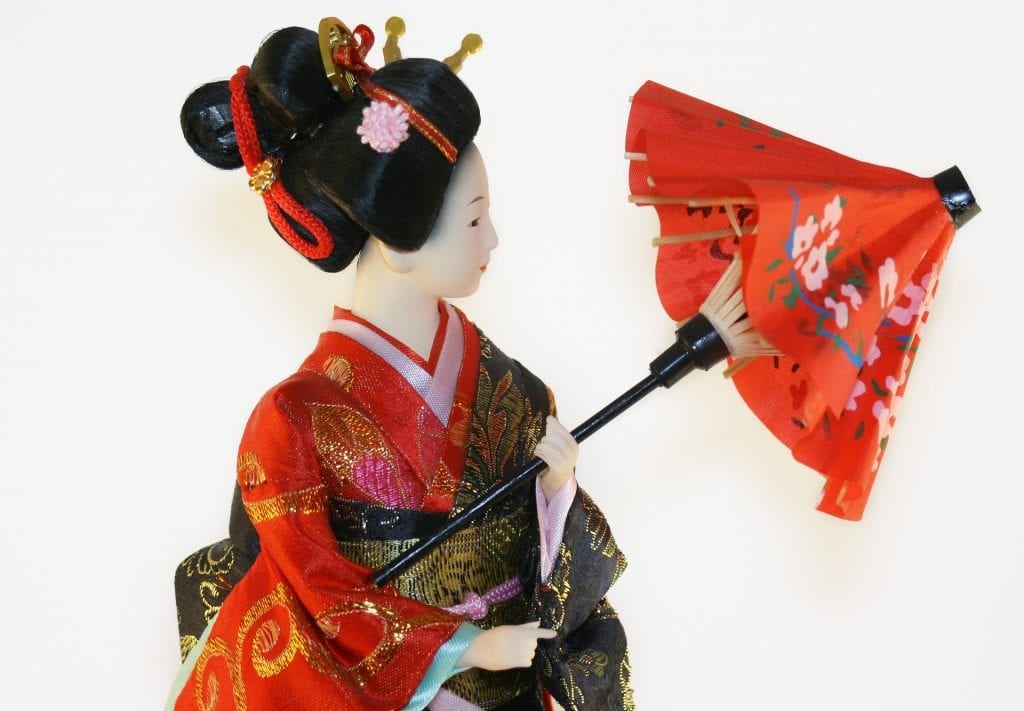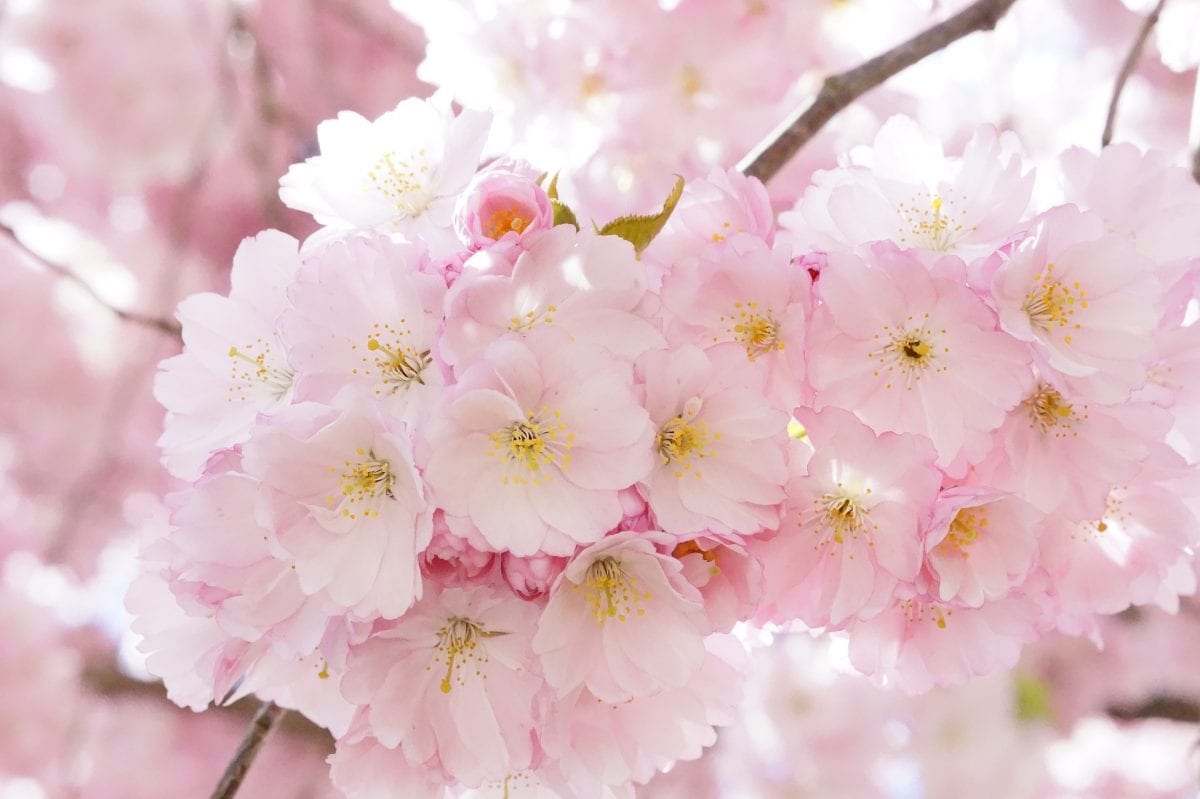Are you familiar with the 2011 documentary film, Jiro Dreams of Sushi? The protagonist is Jiro, an 85-year-old sushi master who owns a small restaurant near a subway station in Tokyo. Every day, along with his son, he goes to the market to buy the best fish available to make the best sushi possible. Father and son then get down to their job, enjoying themselves in the kitchen, getting totally immersed in making sushi, and finding their happiness there. In Japanese terms, you could say they have found their ‘ikigai’.
So, what exactly is ikigai?
Definition of ikigai
The word has been variously defined. Sample this: (i) Ikigai is the happiness of always being busy; (ii) Ikigai is the Japanese secret to a long and happy life; (iii) Ikigai is the reason you jump out of bed every morning; (iv) Ikigai is your existential fuel.
These are some of the definitions Hector Garcia and Francesc Miralles have provided in their bestselling book, Ikigai – The Japanese Secret to a Long and Happy Life. Ikigai has become a kind of buzzword of late, with youngsters fashionably quoting it and WhatsApp forwards doing the rounds.
But it’s a mysterious concept nonetheless, somewhat difficult to grasp. The story of Hayao Miyazaki, a Japanese director of animation films, could somewhat illustrate what it means.

Magic Miyazaki
Miyazaki was unusual in that he would not use the computer to make drawings for his animation films. He would draw every single detail by hand, and ask his team to do likewise. It was not uncommon, therefore, to spot the man in a corner of Studio Ghibli even on Sundays, totally immersed in what he was drawing. So much so that the day after he announced his retirement in 2013, Miyazaki was seen not lounging at home or prepping for a vacation but lost in his drawing sheets in the studio!
Such passion for what one does, such complete immersion in it that time just flies and lets us forget our worries, such total enjoyment that it becomes the very fuel for one’s life – this is ikigai. Psychologist Mihaly Csikszentmihalyi defines the state of total immersion and pleasure in what one enjoys doing as ‘flow’.
If one is able to achieve flow while doing something one enjoys, it may well be a pointer to one’s ikigai. But Garcia and Miralles are quick to add a word of caution: “There is no magic recipe for finding happiness, for living according to your ikigai, but one key ingredient is the ability to reach this state of flow….”
Strategies to achieve flow
Miyazaki had a clearly defined ikigai but not all of us will be so fortunate. We may love literature but be trapped in a newspaper job; we may be passionate about software programming but be obliged to join the family business; or we may enjoy cooking but be forced to study architecture. A huge majority of us will, therefore, have to look deep within ourselves to find out what our ikigai is.
Garcia and Miralles have suggested some strategies to achieve ‘flow’ while doing what we enjoy. These are:
(i) To challenge ourselves and go outside our comfort zone, so we push ourselves and get immersed in what we are doing;
(ii) To have a concrete objective and a clear idea where we are headed;
(iii) To focus on one task at a time and not fall prey to multitasking, especially when technology is at our fingertips.

An example
Suppose you enjoy playing the piano. Let’s assume you are in the middle grades in music school. The three things you will have to do are:
(i) Every day when you practise, you will have to attempt a finger exercise/scale/ornament that is tougher than the one you tried the day before. That will challenge you to do better and keep your mind fully engaged;
(ii) You will have to specifically fix how many lines/sections you are going to learn. If you’ve learnt the first eight lines of Fur Elise, you will have to learn the next four. Your objective has to be concrete;
(iii) When you are practising, your mobile phone will have to be on silent. You cannot read text messages, check email, surf Facebook and practise by turns. You should not multitask — your focus should be only on your piano, preferably be in a place where nothing can distract you.
According to the book: “Flow is mysterious. It is like a muscle: the more you train it, the more you will flow, and the closer you will be to your ikigai.”
Living to be 100
The Japanese appear adept at finding their ikigai. This, along with a healthy diet, green tea, simple living and a sense of community, is the reason why they live extraordinarily long lives. No wonder then that on the island of Okinawa in the south of Japan, at least 24 people in every 100,000 are over the age of 100 years.
